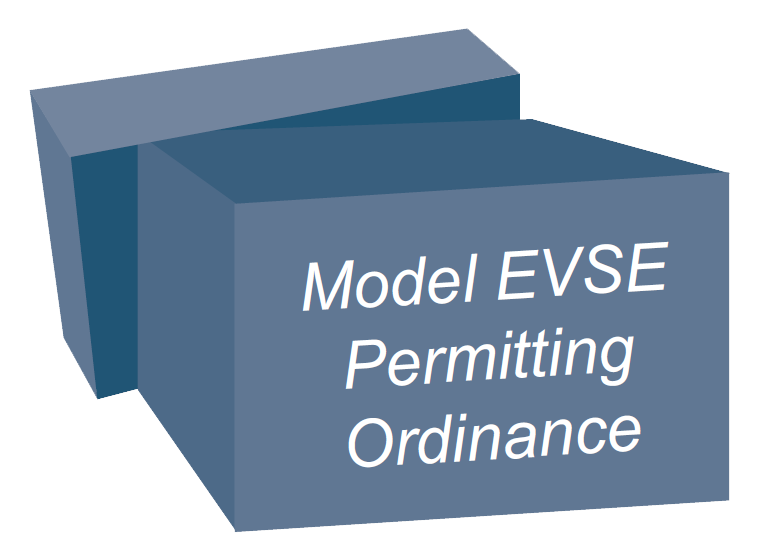This Policy In a Box provides guidance on how State Energy Offices can convene a stakeholder process to develop a permitting ordinance for Electric Vehicle Supply Equipment (EVSE). The aim is to streamline the build-out of charging infrastructure by consolidating the requirements related to health and safety into a single, efficient permitting process. Currently, many jurisdictions lack complete or specific permitting processes for EVSE due to the rapid evolution of technologies in this field.
Authority for Adopting a Permitting Ordinance
The process for adopting permitting rules and requirements varies across states. In some states, known as home rule states, municipalities and/or counties have the authority to adopt local permitting ordinances. In other states, the state government retains full authority over regulating permitting. In certain cases, a local jurisdiction can petition the state legislature to pass a law or ordinance that is not covered under existing legislation.
This Policy in a Box focuses on how a State Energy Office can facilitate a stakeholder process to develop a model ESVE permitting ordinance as a starting point for the formal adoption process in an appropriate jurisdiction.
What’s Included and What’s Not
This Policy In a Box is focused on developing a state-specific model EVSE permitting ordinance that outlines specific requirements necessary to ensure public health and safety. The model ordinance serves as a template for the local jurisdictions to consider when adopting standards for issuing permits to individuals or entities interested in installing EVSE.
NOT covered here:
- EV Readiness Planning, which involves making decisions on the deployment of EVSE in terms of location, timing, and approach. You can find more background on EV Readiness here and here .
- State mandates, such as those implemented in California and New Jersey to streamline permitting processes of EV charging infrastructure. While such examples can be useful, this guide focuses on developing a model ordinance without a legislative mandate, acknowledging that not all states may find it practical to introduce such a legislation for EV readiness.
Benefits of Developing a Model Ordinance for Permitting EVSE Infrastructure
- A collaborative stakeholder process provides an informal environment for interested parties to learn from each other and develop solutions without the constraints of a formal rulemaking process.
- Clear, transparent, and consistent permitting processes reduce confusion and shorten timelines, especially as the volume of EVSE permit applications increases.
- EVSE installations proposed for public rights-of-way often need multiple permits, e.g., street opening permits that can add weeks or months to a project. Depending on the specific installation type, permits such as those for architectural, fire, historic landmark, storm water, zoning, and/or urban design considerations may be required. Streamlining application procedures in advance reduces employee workloads and the need for resubmittals.
- Expediting EVSE infrastructure is critical for achieving transportation electrification, a key component of many states’ climate goals.
Why State Energy Offices are Positioned to Support EVSE Model Ordinance Development
- State Energy Offices have the expertise and established relationships with various stakeholders involved in transportation electrification, including government agencies, utilities, advocacy organizations and private sector providers.
- State Energy Offices have access to federal funds to support planning efforts and can serve as facilitators for stakeholder processes.
- State Energy Offices understand the unique needs of each jurisdiction and ensure that a model ordinance resulting from the stakeholder process is flexible enough to meet diverse community requirements.
Example Used to Develop this Policy In a Box
E4TheFuture, an NGO that launched an EV car sharing program, convened a stakeholder process in 2020 to develop a Massachusetts Model Expedited Electric Vehicle Supply Equipment (EVSE) Permitting Ordinance. E4TheFuture also serves as the institutional home for the model ordinance. The Massachusetts Department of Energy Resources was a key partner in this process and the model ordinance is referenced on their website.
The stakeholder process involved utilities, EVSE installers, regional and local planners, and EV vendors meeting over a four-month period to draft a model ordinance that provides Massachusetts cities and towns with a template for adopting a streamlined permitting process.
Although initially developed for Massachusetts, the Model Ordinance is meant to be revised to fit the needs of any permitting agency in any municipality.
Learn about this initiative here .

